Postdoc at Stony Brook University
Safe Elevation of Alkalinity for the Mitigation of Acidification Through Electrochemistry (SEA MATE)
SEA MATE uses an electrochemical method to locally mitigate ocean acidification while allowing for enhanced carbon sequestration from the atmosphere. As a postdoc, I am deploying various inorganic carbon sensors for monitoring and verifying this carbon removal process in mesocosm tank experiments, in preparation for upcoming field trials.
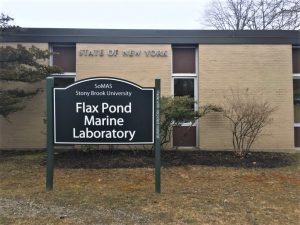
Thesis projects
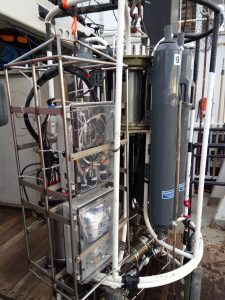
CHANOS II Dissolved Inorganic Carbon Sensor
Carbonate chemistry measurements are important to a wide variety of biogeochemical problems, but typically rely on discrete bottle samples collection when it is possible for researchers to conduct field studies. Autonomous sensors will greatly improve our ability to produce high quality, high resolution timescale and spatial mapping seawater carbonate data.
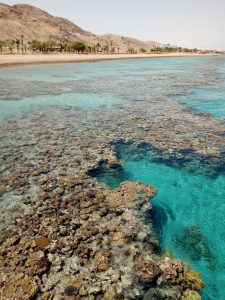
Nuclei-Induced Inorganic Carbonate Precipitation
Inorganic calcium carbonate 'whiting' events are fairly common in lakes, but are inhibited in the oceans by the presence of dissolved Mg, DOC, and other factors. We typically only think of carbonate precipitation as biogenic in origin. Is this always the case? Can sudden influxes of suspended dust and flood particles trigger carbonate precipitation events?

Exploring fine scale carbonate chemistry over deep coral reefs
Deep coral reefs are often situated on bathymetric highs that experience rapidly shifting currents and environmental conditions. What kinds of carbonate saturation states can these corals tolerate? What natural variations exist in time and space across these reefs? If deep corals already experience large variations in pH, will they tolerate ocean acidification?
Other Recent Projects
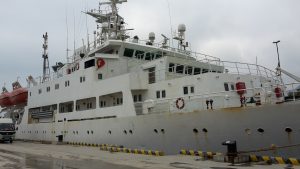
East China Sea
At the beginning of my PhD program, I helped install a General Oceanics underway pCO2 system on the R/V Dong Fang Hong II in Qingdao, China, for a student cruise that surveyed the Yellow Sea collecting CTD and underway data across the Kuroshio Current. I postponed my part of this project to focus on the CHANOS II, but am broadly interested in carbon cycling dynamics in Western Boundary Currents.
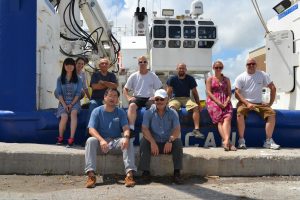
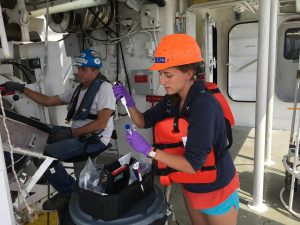
Inorganic carbonate precipitation triggered by river inputs
My inorganic carbonate precipitation thesis project listed above is part of a larger initiative to study precipitation events triggered by suspended particle inputs into coastal waters. In this project, led by postdoc Eyal Wurgaft, we sailed through the Mississippi and the Brazos rivers collecting seawater samples and preparing river sample seeded precipitation experiments. Read more about it in Wurgaft et al., 2021, linked on my publications page.
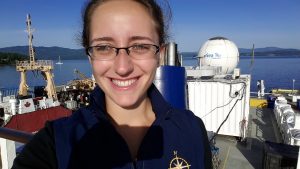
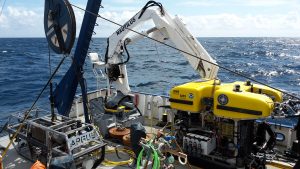
Contracting as Science Manager on the E/V Nautilus
My first foray into oceanographic research was as an ocean science intern on the E/V Nautilus. I have since returned to the ship as a science manager, with my most recent cruise in 2017 to help with Ocean Networks Canada's regular maintenance of the NEPTUNE and VENUS cabled network arrays. After several seasons I've passed the 100 day mark on the ship, and I'm excited to make it back out again on the Nautilus as a researcher someday.
Previous Work
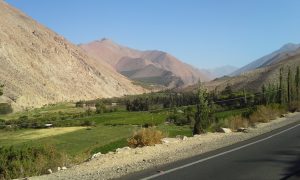

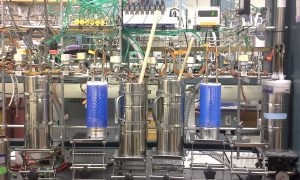
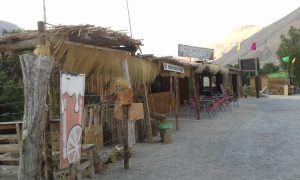
Master's dissertation on clumped isotope paleothermometry variations in soil carbonates
You can find citations for the publication on this work and related projects here!
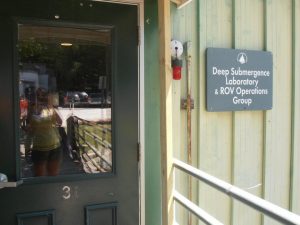
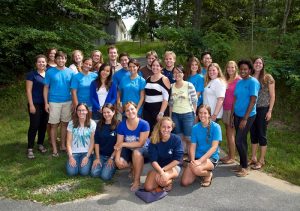
WHOI Summer Student Fellowship 2012
Between my junior and senior year of college at Syracuse University, I joined the WHOI SSF program to work with Dr. Chip Breier on the development of a river water sampling unit.
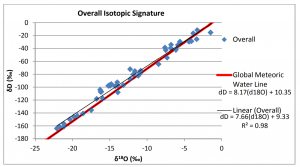
Honors Capstone, Syracuse University
My senior Capstone research project in the Honors Program at Syracuse University was a study of the isotope signatures of different precipitation events approaching Syracuse, NY, including Northeasters, lake effect storms, and even the edge of one hurricane. Mostly it was an excuse to learn about δD, δ18O, and ICPMS measurements. It wasn't novel work, but it did provide the cleanest, most predictable data set I may ever have the pleasure of working with-- just look at that meteoric water line!